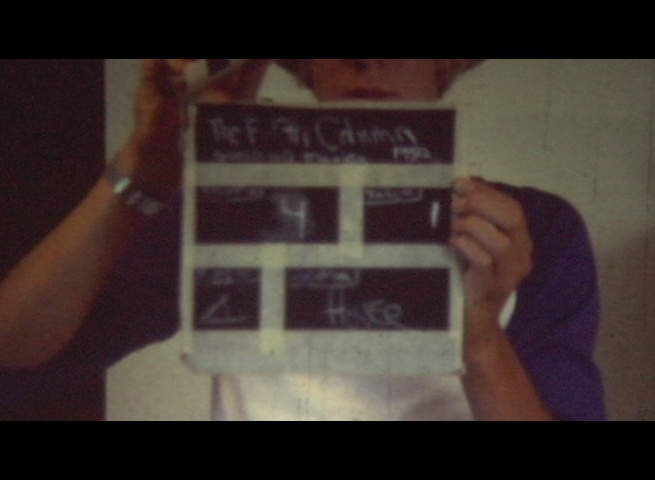Digitized casting is changing television and film for good. Actors are routinely expected to put themselves on tape for auditions; and often on short notice. We all became actors because we were drawn to performance and not necessarily to the technical side of video production. Now, actors are essentially required to be their own mini-producers.
There is no sympathy or guidance, there are only expectations. By having a plan and understanding of what is desired by casting directors in self-tape submissions, actors can take the frustration out of the self-taping process and focus on their craft.
There are some general rules that all self-tape auditions should follow.
Preparation
In an ideal situation, you will have a camera, editing software, a camera person, a fellow actor to read with, and a quiet environment.
Having a reader who is a fellow actor is ideal but anyone is better than no one. A reader can also run the camera, to limit the amount of editing and making the recording of a self-tape easier.
Always start by reading the self-tape submission guidelines closely so you can follow the specific directions of the casting director.
For those with the time and resources to go above and beyond, dress appropriately for your character and be completely off-book.
Recording
Record your audition with a neutral background like a plain wall that receives plenty of natural light. In general, make sure that you can be seen and heard easily. Then, decide if you will sit or stand in the scene.
Choose whatever you are most comfortable with or whatever is most appropriate for the scene. Whatever your position, frame yourself in a medium shot so that your torso and head are the focus of the scene.
When it comes time to record, always remember to slate before the audition. A typical slate is directed at the camera and includes your name, your agency, and the role you are auditioning for.
Use the slate as a chance to show a little of your personality to the person who will be watching. Then, perform the audition, directing your focus to your reader. As a general rule, make sure that the reader is not seen in the frame and that they are not louder than the person who is auditioning.
After the scene is recorded, edit out excess footage and only send the best take of your scene to the casting director. Remember to leave yourself time before the deadline to upload the video, which can take one to two hours.
Following Up
Finally, whether you are submitting a self-tape to an individual or a large casting agency, it is always good form to follow-up. Make sure the link was received and thank them for the opportunity to audition
Making The Most Of Your Resources
In an ideal self-tape situation, actors receive the call with plenty of time to plan, prepare, and create a great audition video. But in the worst of self-tape scenarios, time, support, and resources can be severely limited.
In this situation, a little creativity is needed to produce a self-tape that captures your talents accurately. The good news is that most modern cell phones have a camera quality and ability to record an acceptable audition.
Follow the same procedure as above, by finding the best lit and quietest place that is available and try to find a reader.
If there is absolutely no one to read with, a last resort is to record yourself reading the other character’s lines and to play it back as you film your audition.
If you have to do this, record the other character using a different voice and anticipate the amount of time you will need to act in the final audition.
When shooting your audition without all the ideal equipment and people, take any steps you can to make the tape the best it can be. First and foremost you want to be seen and you want to be heard. While a self-tape is not a Scorsese film by any means, it should be of enough quality to show what the actor can do on camera.
You NEED To Learn The Skill
Self-tape auditioning streamlines the casting process and will only become more common in film and television casting. Casting directors look at hundreds, sometimes thousands, of audition tapes a year, so an actor should do anything they can to make their audition stand out.
Learning to produce good self-tape auditions can make all the difference in future casting decisions. By informing yourself and using the best possible practices, you can put yourself ahead of the pack and nail your next self-tape audition.
And, oh yeah, be sure you remember to slate.
[su_note]Learn more about the School of Acting at the New York Film Academy.[/su_note]
